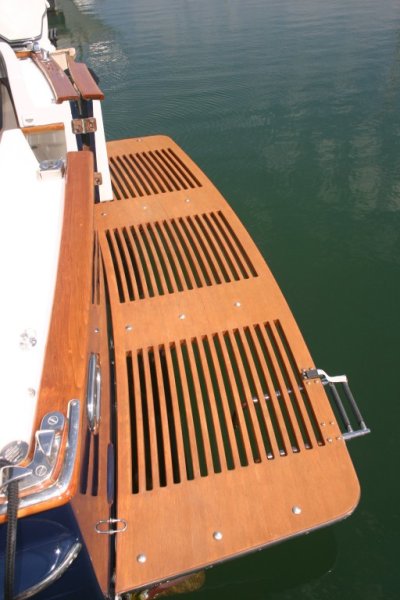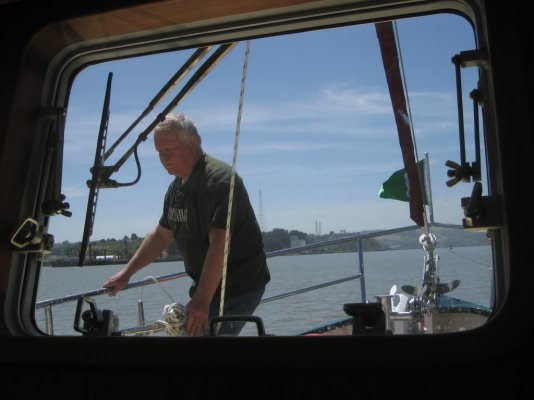KJ
El Capitan
Scenario -- (hypothetical, of course)
You are piloting your vessel solo, you've done this before and while not necessarily desirable, it's certainly doable.
You are well into your voyage and everything is well. The weather is clear (could be day or night), seas are calm to small.* You are checking something on deck and all of a sudden you find yourself going over the side (through no fault of your own, of course).* The cause is not an issue.**
Fortunately, you were wearing your inflatable PFD, so, physically, you're ok.
Inquiry --*what would your boat do?* Stop -kill*switch,*go in circles (nobody at the helm), go in a*random direction, or, if Otto was engaged, continue on her merry course?
How long would you last (shock) in your home waters (Alaska guys don't count)?
Could you get yourself back onto your boat if somehow you had the chance?*********************** KJ
-- Edited by KJ on Wednesday 8th of February 2012 07:42:50 PM
You are piloting your vessel solo, you've done this before and while not necessarily desirable, it's certainly doable.
You are well into your voyage and everything is well. The weather is clear (could be day or night), seas are calm to small.* You are checking something on deck and all of a sudden you find yourself going over the side (through no fault of your own, of course).* The cause is not an issue.**
Fortunately, you were wearing your inflatable PFD, so, physically, you're ok.
Inquiry --*what would your boat do?* Stop -kill*switch,*go in circles (nobody at the helm), go in a*random direction, or, if Otto was engaged, continue on her merry course?
How long would you last (shock) in your home waters (Alaska guys don't count)?
Could you get yourself back onto your boat if somehow you had the chance?*********************** KJ
-- Edited by KJ on Wednesday 8th of February 2012 07:42:50 PM










